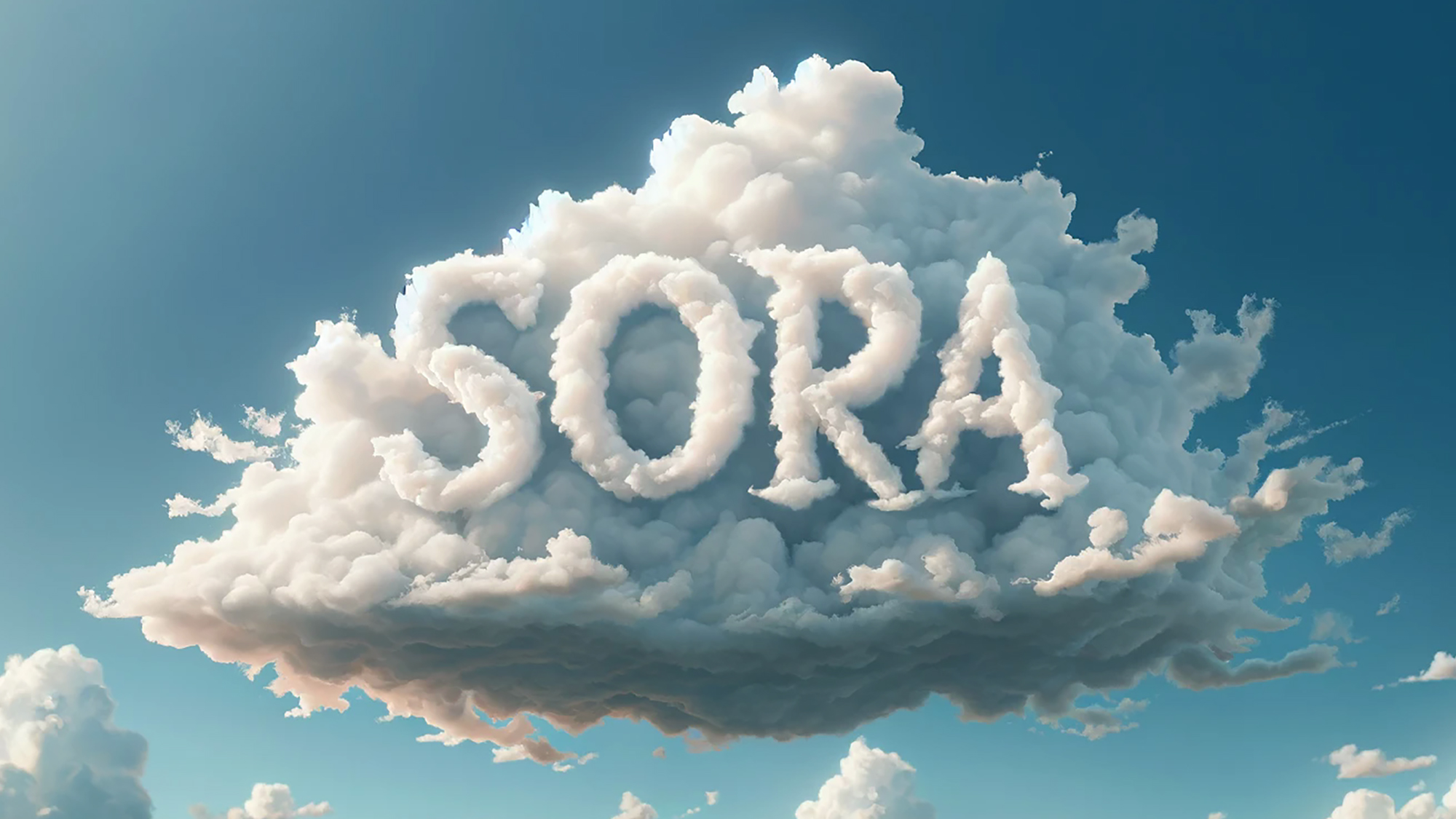The video generation ecosystem has seen significant advancements, most notably OpenAI’s Sora. The tool’s fluid and realistic video capabilities captured the industry’s attention, seemingly miles ahead of competitors. However, the initial excitement surrounding its debut revealed a critical need for a closer look at the limitations and challenges faced in utilizing Sora for professional film production.

Stepping into the role of a post-production artist on a project involving OpenAI’s Sora video generation tool, I couldn’t help but reflect on the obstacles we encountered during the production process. One of the most significant challenges we navigated was the pursuit of consistency across individual shots and generations, an aspect that appears deceptively simple in traditional filmmaking.
To better understand this, consider a traditional film production: if you’ve ever been involved in one, you’re likely aware that aspects like a character’s wardrobe or the appearance of a particular prop are controllable elements of the production process. However, when employing a generative system like Sora, these straightforward matters become a significantly more complex and intricate undertaking.
Faced with matters such as inconsistencies in color or unintended elements, we were forced to carefully identify, understand, and remove them through post-production. These labor-intensive efforts raise questions about the true nature of the advancement Sora introduces and highlight the importance of understanding collaboration between human creativity and AI technology.
Additionally, the precise timing and control over character movements and camera angles present in a traditional film production are not entirely achievable with the current version of Sora. Instead, we were left with suggestion-driven processes, which at times, did not entirely correspond to our intentions. This inconsistency required us to generate multiple shots, each 10-20 seconds long, and manually select the most appropriate one.
As we grapple with the advancements and potential of AI-generated video content in the realm of film production, it’s crucial to acknowledge the challenges and limitations and embrace the role of human expertise. Although OpenAI’s powerful and useful tool is an integral part of the creative landscape, generating films “out of whole cloth” is not an achievable goal.
Thus, if we’re to approach the future of filmmaking with a perspective that fosters collaboration and growth, we must recognize and navigate the challenges that come with incorporating AI technology in the artistic process. By acknowledging and adapting to these challenges, we can set the stage for a fruitful and inspiring relationship between AI and human creatives.

